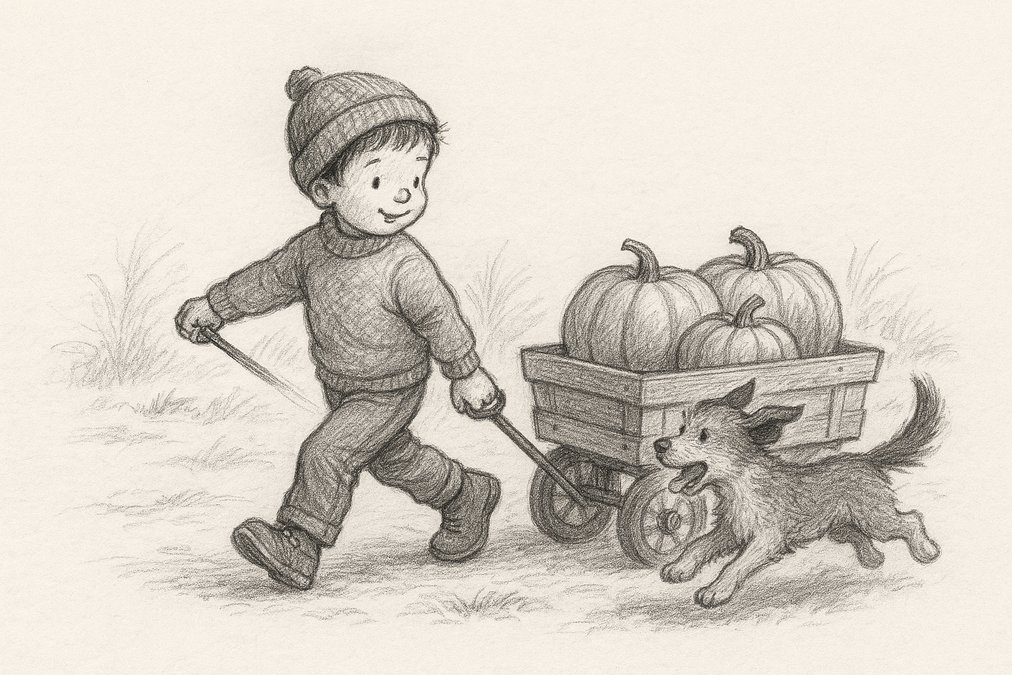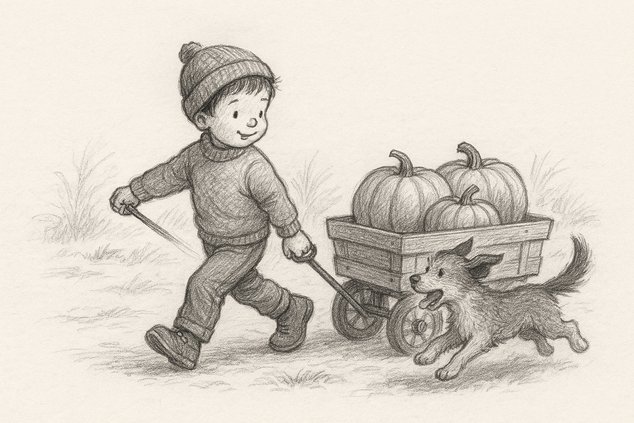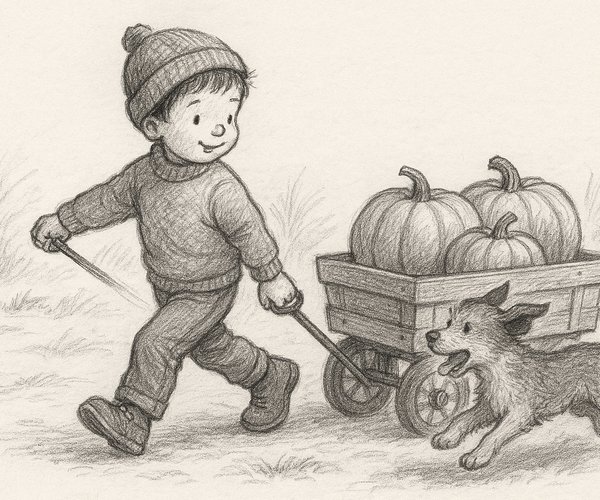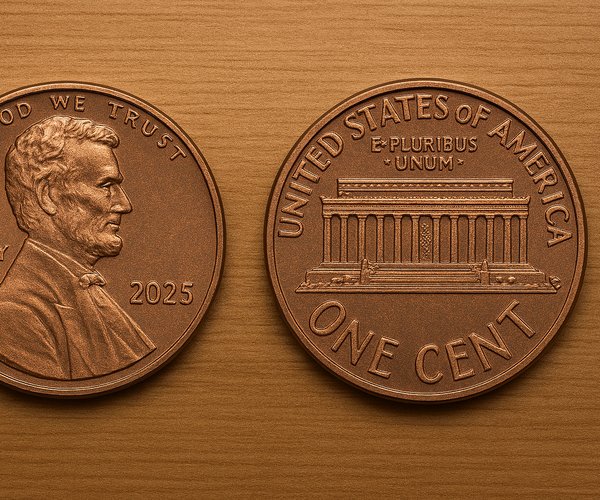Everything changes after Labor Day.
We’re supposed to stop wearing white and start getting ready for Halloween – or maybe the modern holiday season: Hallow-Thanks-Christgivingmas.
It’s the time to start drinking pumpkin-spiced lattes – assuming we didn’t get around to that in August. It’s time for hot cider and hearty soups.
The new school year is well underway. Baseball is wrapping up and football is revving up.
It’s my favorite time of year. It isn’t too hot or too cold to spend time outdoors. There will be a period when neither the air conditioner nor the furnace kicks on for entire days.
You can pull out your flannel shirts, cozy sweaters and other comfortable clothes.
Soon the leaves will change colors. The fall foliage is a trait of the season. We can stop mowing the grass every week and start raking leaves.
But I’m getting ahead of myself.
We’ve just gotten through Labor Day. Summer, at least the astronomical summer, continues until the autumnal equinox on Sept. 22. That means there are more than two weeks of summer ahead of us. More hot days when kids can enjoy the splash pad, assuming the City can get the pump replaced. A few more summer reruns on television before we can see new episodes of “Matlock” and “Elsbeth,” along with Sunday Night Football and Monday Night Football. For those who venture into streaming services, there’s a new sitcom on Peacock called “The Paper.”
Officially, it is summer until Sept. 22 but meteorologists consider Sept. 1 the beginning of autumn. The National Centers for Environmental Information explain, “In short, it’s because the astronomical seasons are based on the position of Earth in relation to the sun, whereas the meteorological seasons are based on the annual temperature cycle.” It reflects how the weather is recorded. Was this “the hottest summer on record”? Comparing June-July-August over a number of years is easier than looking up the summer solstice and fall equinox each year. In 2025, the former was at 9:42 p.m. on June 20, local time, and the latter comes at 1:19 p.m. on Sept. 22.
So I guess this meteorological autumn is like the Daylight Saving Time of seasons. Spring back; fall forward – or is it the other way around?





